These 'ghost villages' in Indonesia are all that remain after years of volcanic eruptions from Mount Sinabung
In 2010, Mount Sinabung erupted for the first time in 400 years in Sumatra, Indonesia.
The massive blast of lava and ash forced all villagers in the surrounding area to leave their homes.
These eerie photos show the lives left behind in the places the government no longer deems safe.
Indonesia has 120 active volcanoes, and Mount Sinabung is one of the most dangerous.
After 400 years of dormancy, it sprang to life again in 2010. At least two villagers were killed, and thousands more were displaced as the government declared the area too dangerous to inhabit.
However, some villagers, without anywhere else to go, returned to their homes. In 2014, the volcano had its deadliest eruption, killing at least 16 villagers as it spewed lava and ash into the air, reported CBS News. Following this eruption, the government deemed anywhere within a 4.3-mile radius of the volcano too dangerous to live, BuzzFeed News reported.
In addition to making the immediate area unsafe to live in, the volcano's ash has hurt nearby farms. According to The Jakarta Post, farmers in Karo lost at least $2.8 million in 2020 due to the volcanic material that rained from the sky.
Though the volcano was relatively quiet between 2010 and 2013, following its eruption in 2014, it has remained highly active, most recently erupting again in 2020 and 2021.
Most villagers have never gone back to their homes, and only a handful of residents have returned to some of the towns, as The Lost Boys found in 2023. Instead, the towns of Sinabung, Mardinding, and Karo are largely "ghost villages," covered in ash and populated more by passing animals than humans.
Take a look at the eerie photos of the once bustling centers below the volatile Mount Sinabung.
Mount Sinabung in North Sumatra was dormant for 400 years before its eruption in August 2010.
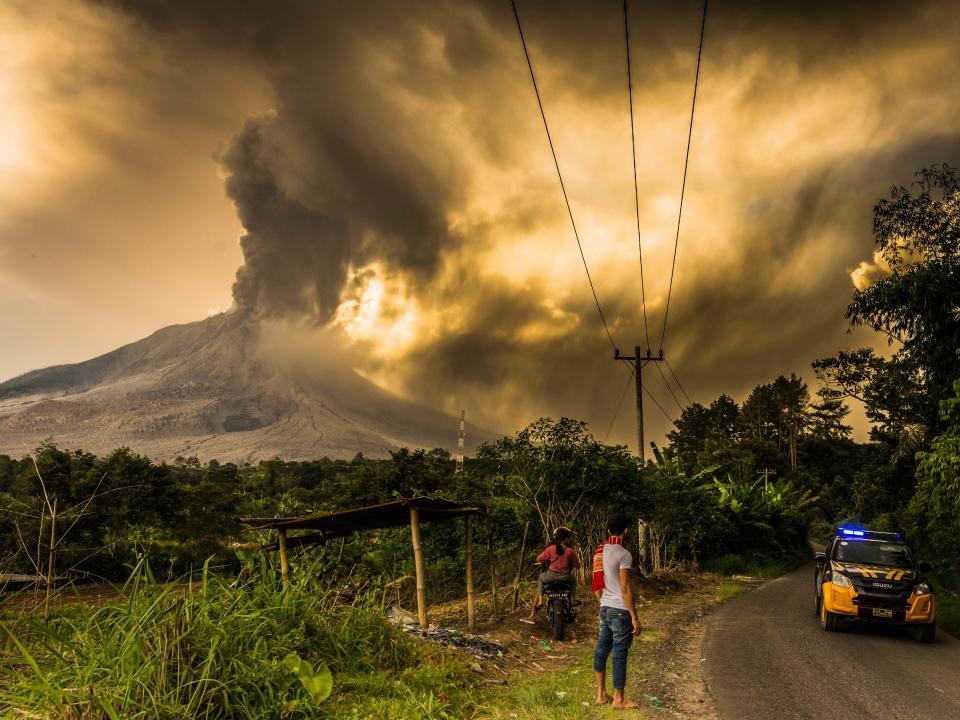
Source: The Atlantic
Though there was a brief quiet period following Sinabung's eruption in 2010, it became highly active again in 2013 and has remained so ever since, with the most recent eruption in 2021.
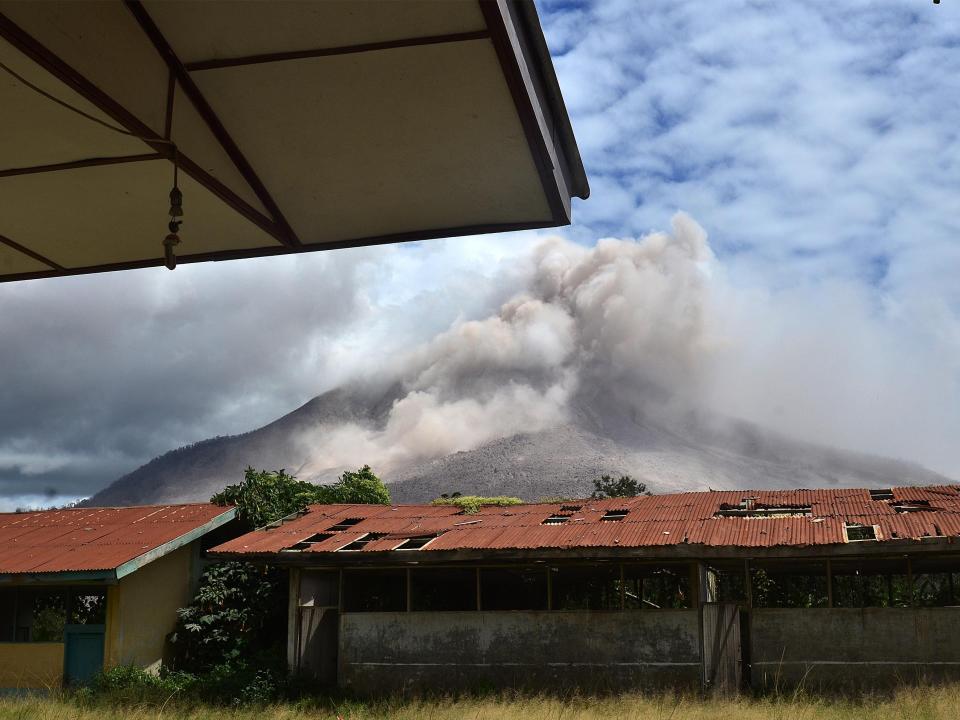
Source: Phys.org
After Sinabung's largest eruptions in 2014 and 2018, much of the surrounding area was decimated by lava.

Source: NASA
The 2021 explosion sent ash and smoke flying 4,500 meters (roughly 14,700 feet) into the air.
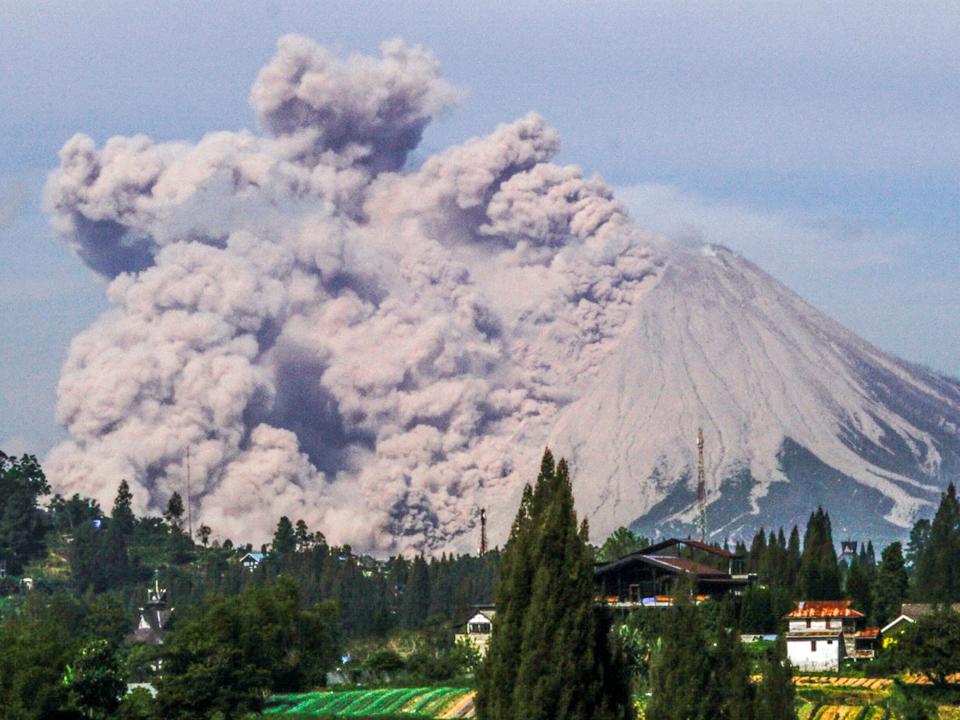
Source: The Jakarta Post
Nearly 30,000 villagers were told by the government that all homes within a 3.4-kilometer radius of the volcano were too dangerous to live in.
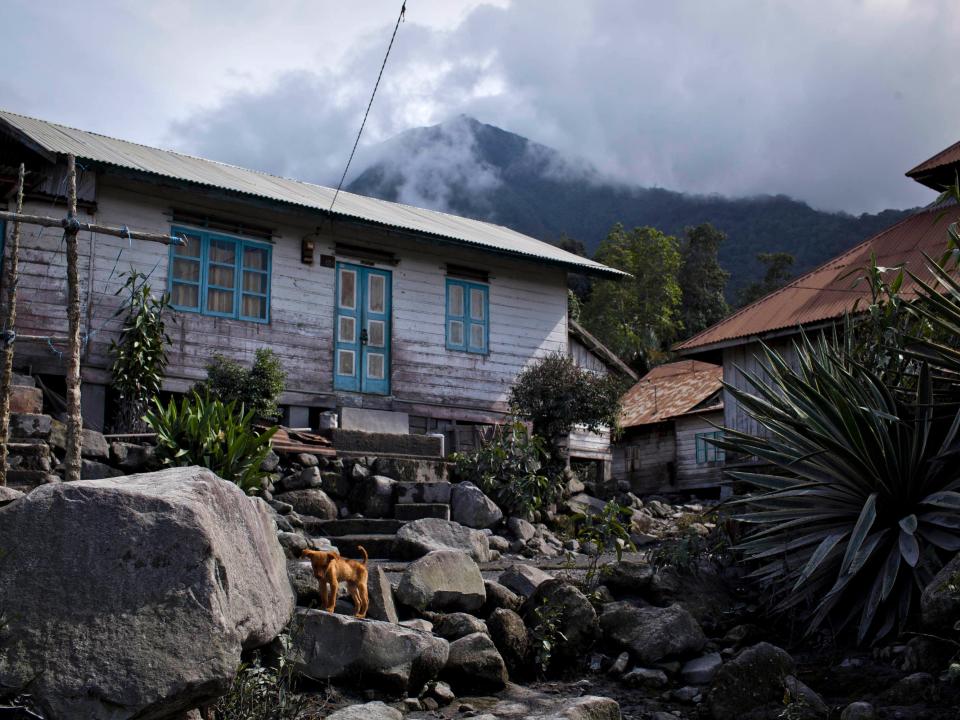
Source: The Atlantic
Thousands of displaced families became refugees and were forced to relocate to government and community-sponsored housing.
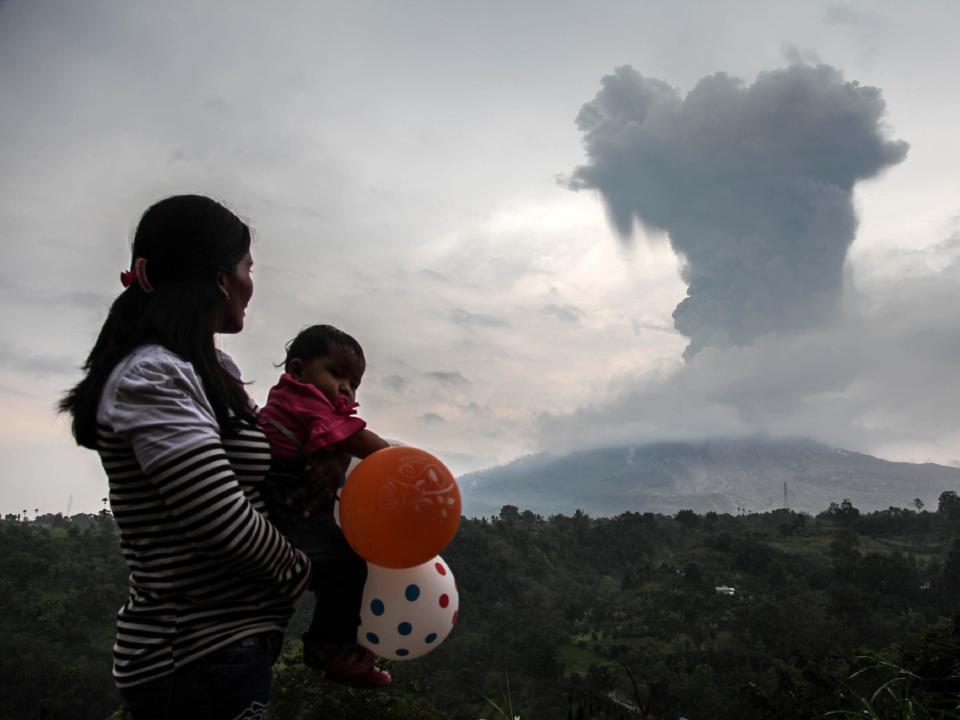
Source: The Atlantic
Following the mass exodus, towns became entirely abandoned.
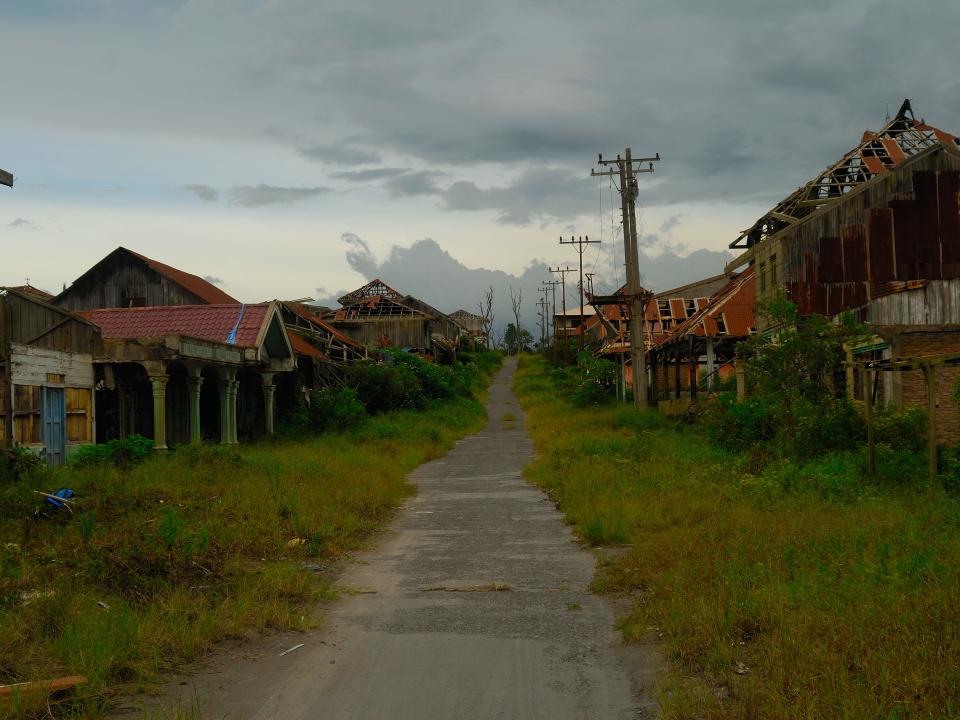
Boarded-up homes near the mountain have an eerie appearance.
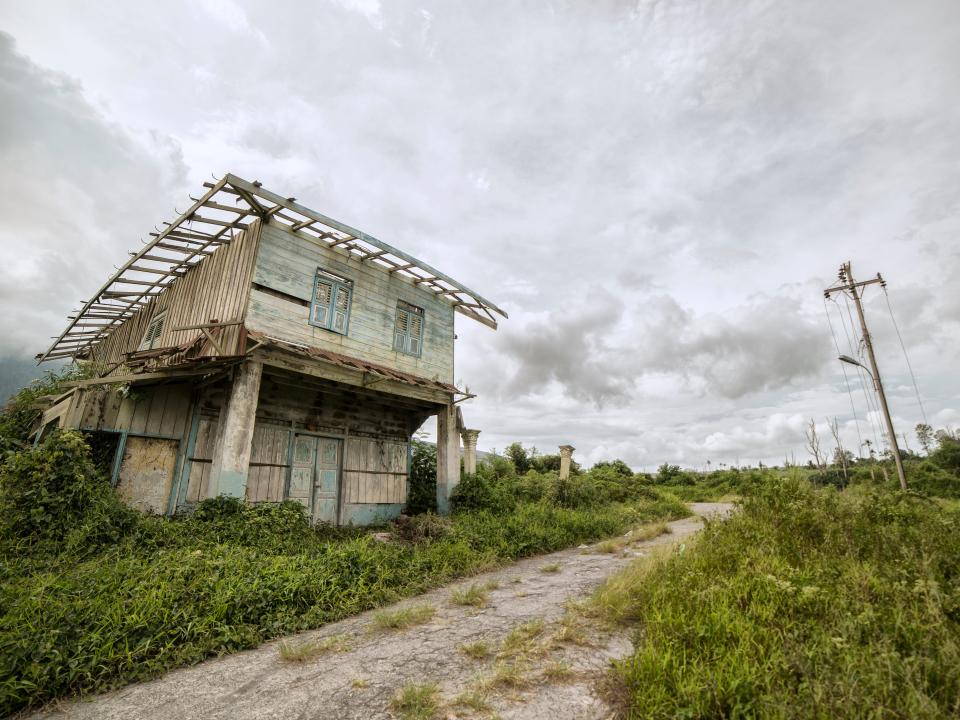
Churches and community centers can no longer serve their purposes as meeting places.
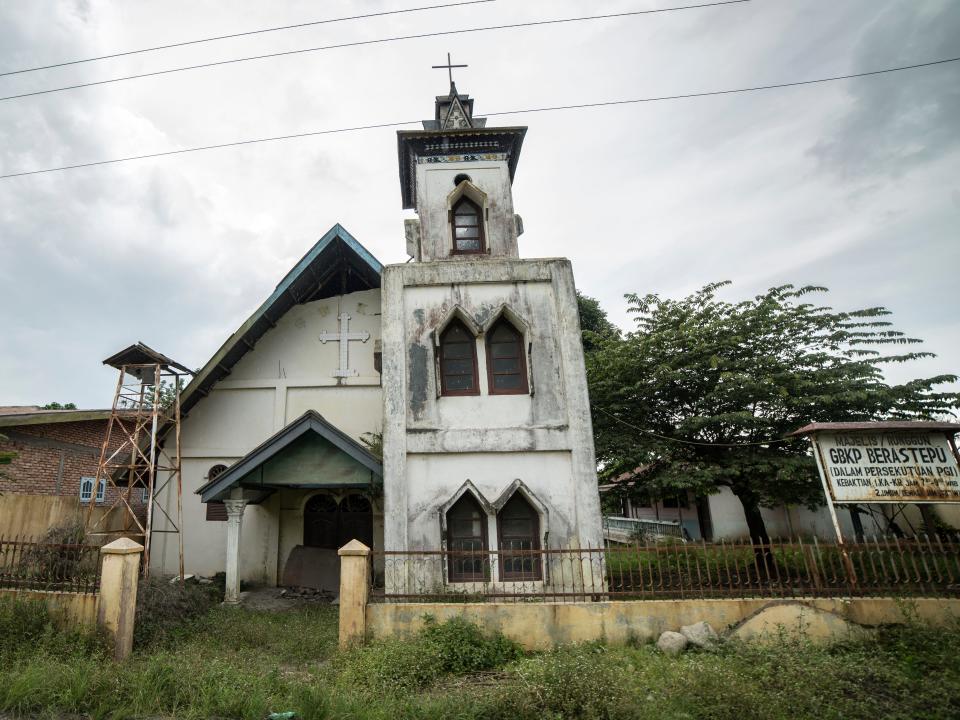
This abandoned commercial building below Mount Sinabung is succumbing to the elements.
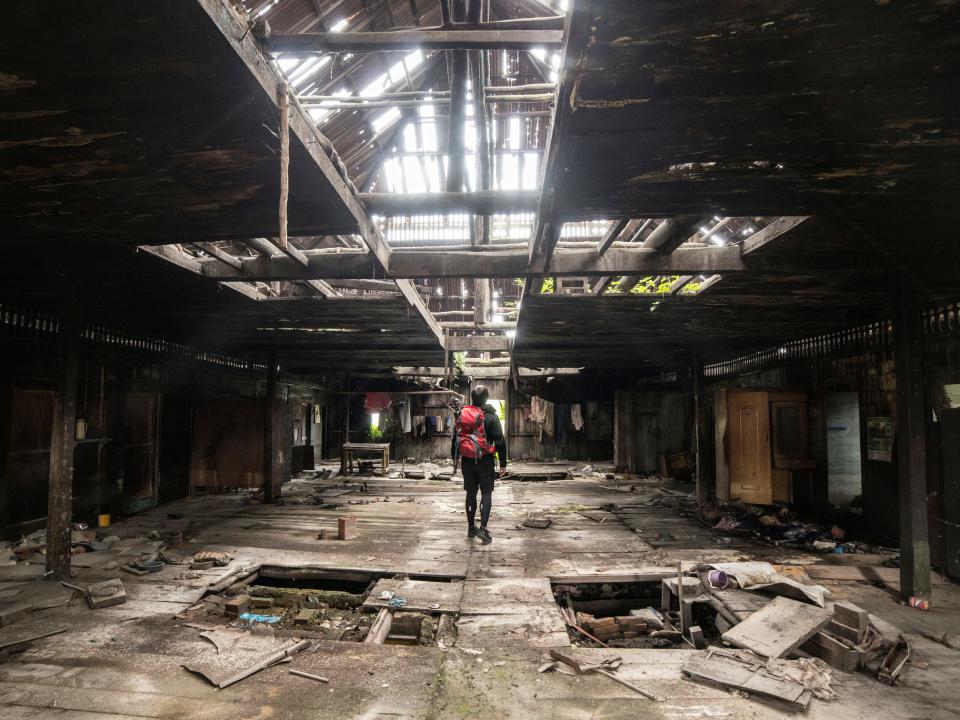
Mardinding village, which sits at the foot of Mount Sinabung in Karo, has been largely uninhabited since 2014.
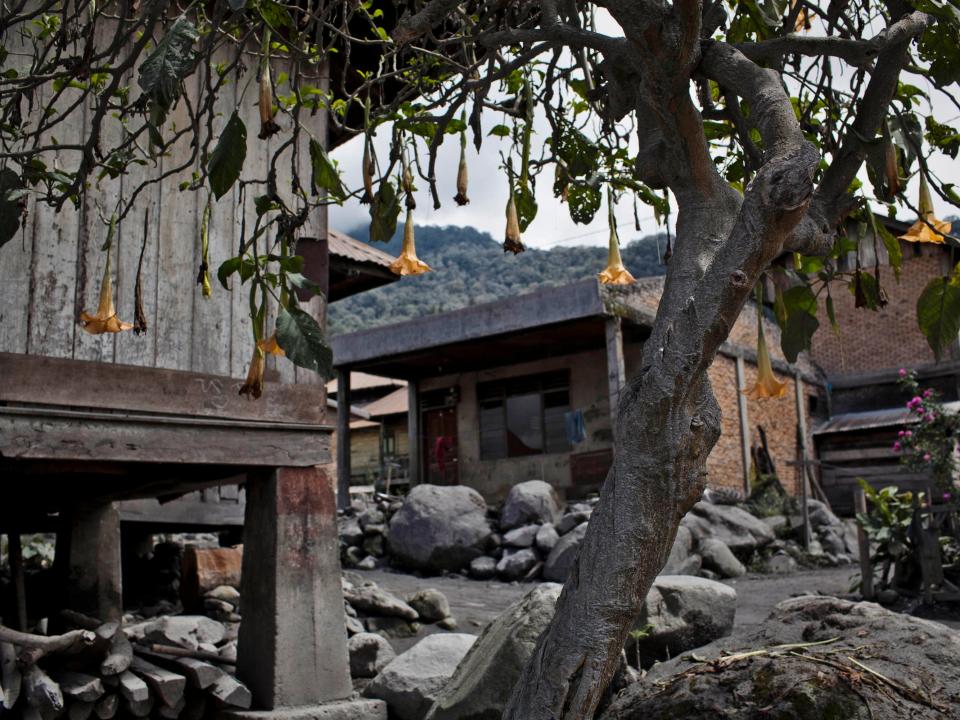
Source: Vice
In many places, nature has started to overtake the man-made.
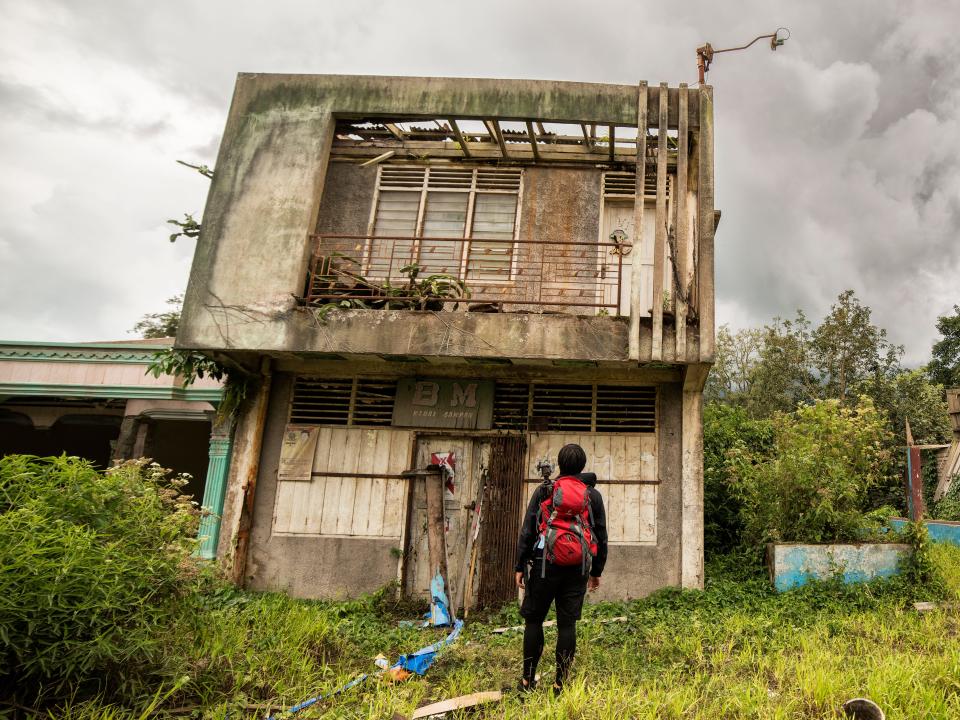
Cars have also rusted and succumbed to nature.
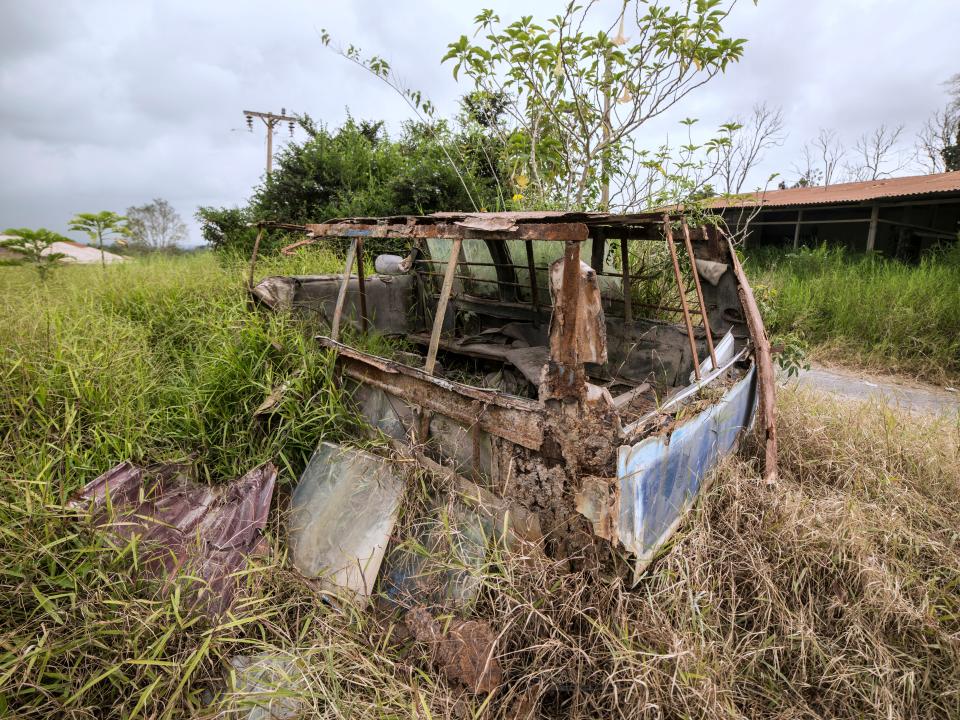
Storefronts can be seen with missing ceiling planks and crumbling woodwork.
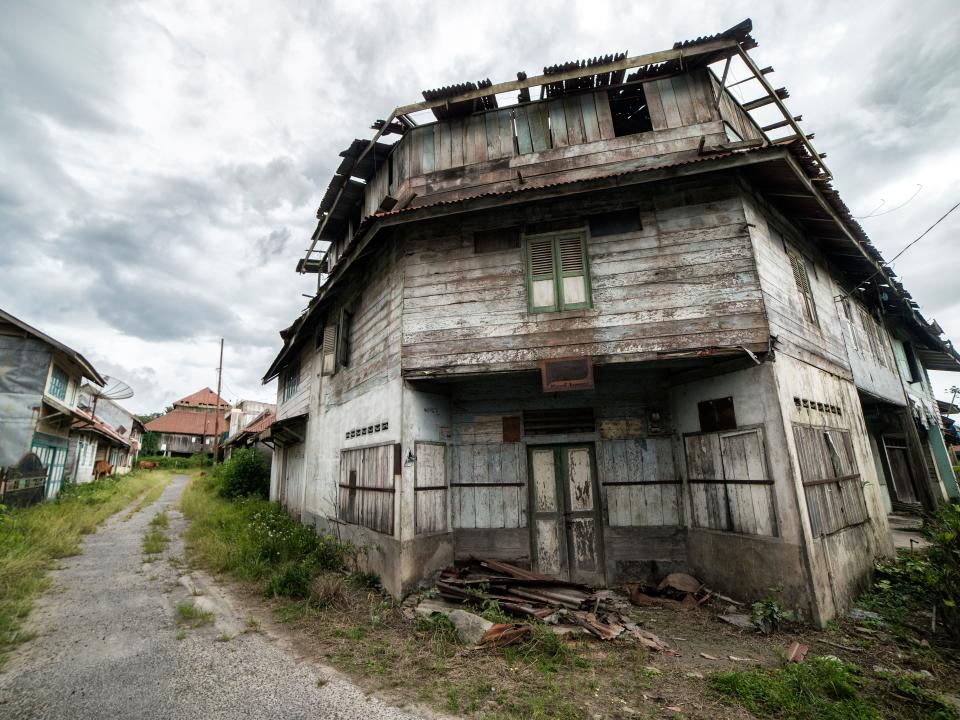
In this home, "Allah hu Akbar" — meaning "God is great" — is written in the dust in an abandoned kitchen. Indonesia is primarily a Muslim country.

Many homes retain much of the furniture they had before the villagers fled.
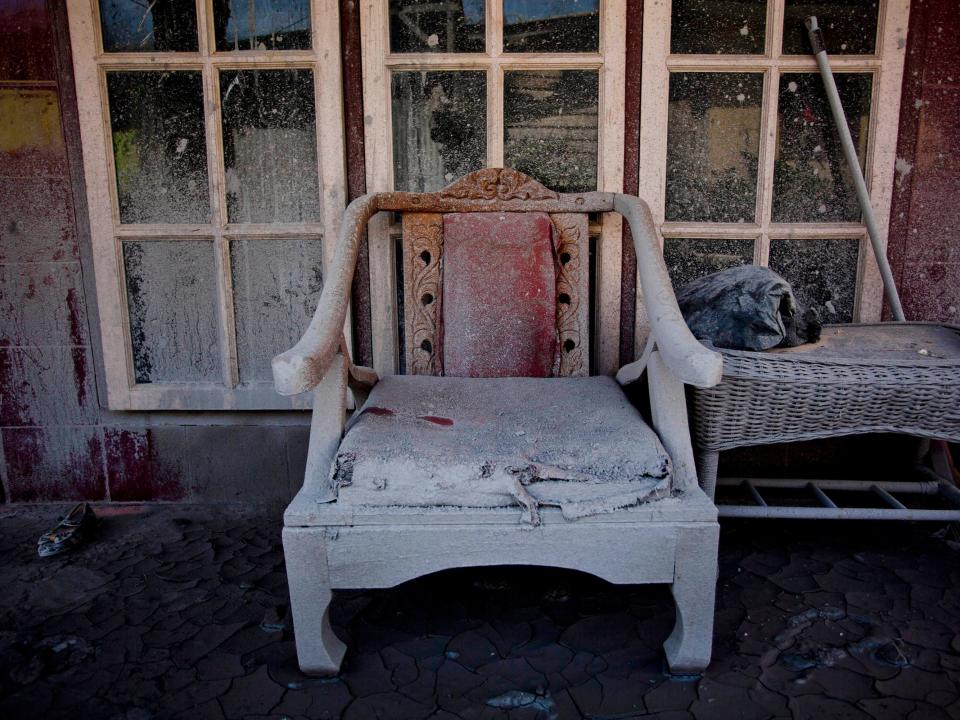
Kitchen items, like this strainer, have been left behind as villagers hurried to evacuate their homes.

Kitchen appliances and dishware give light to the people who once lived in these homes.
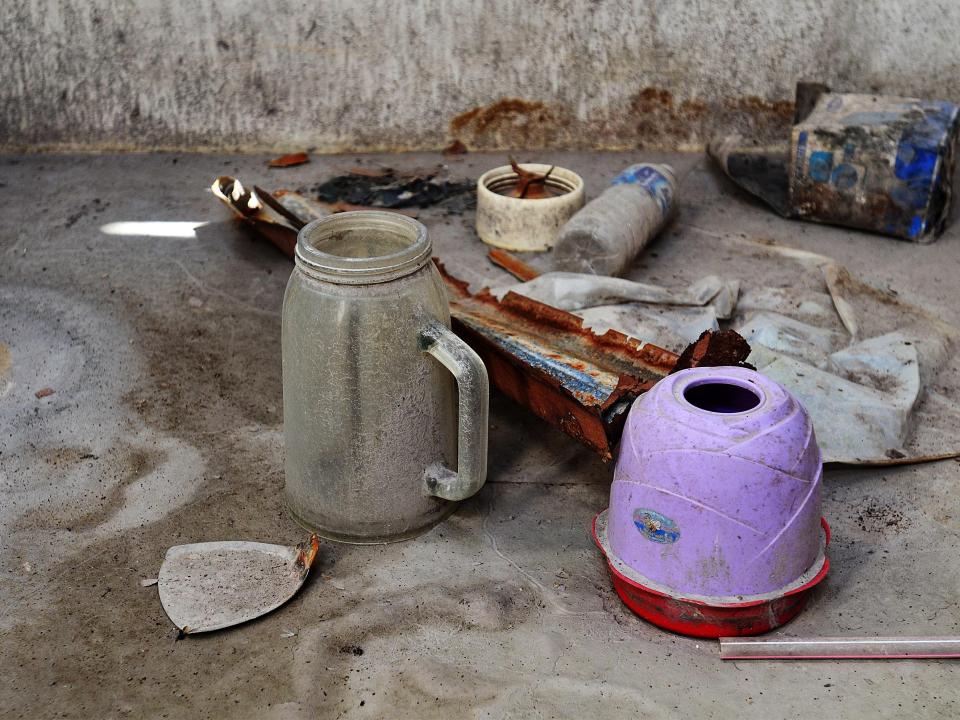
In many of the "ghost villages," animals are more common than humans, like these two cats napping on an ash-covered bag.
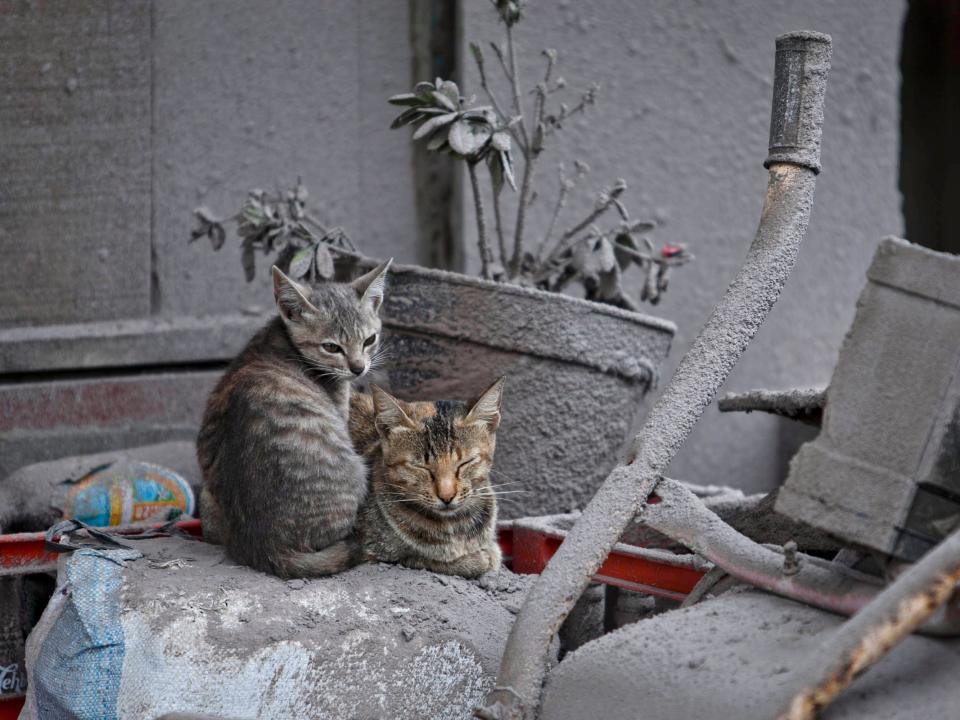
Dogs took over this old storefront in Mardinding village.
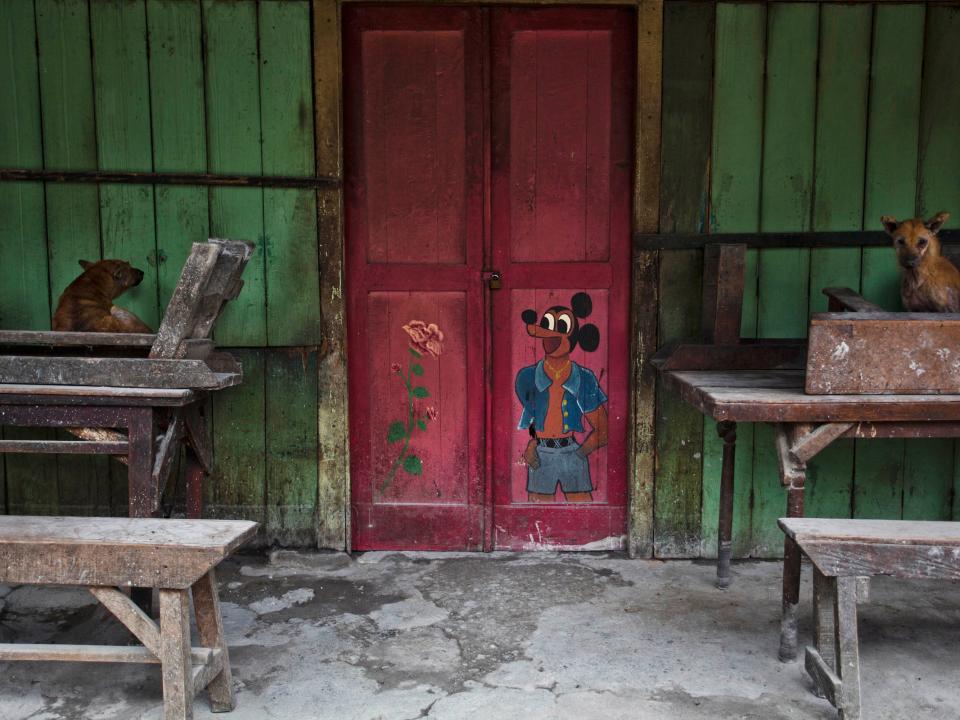
Shoes sit covered in ash and dust.
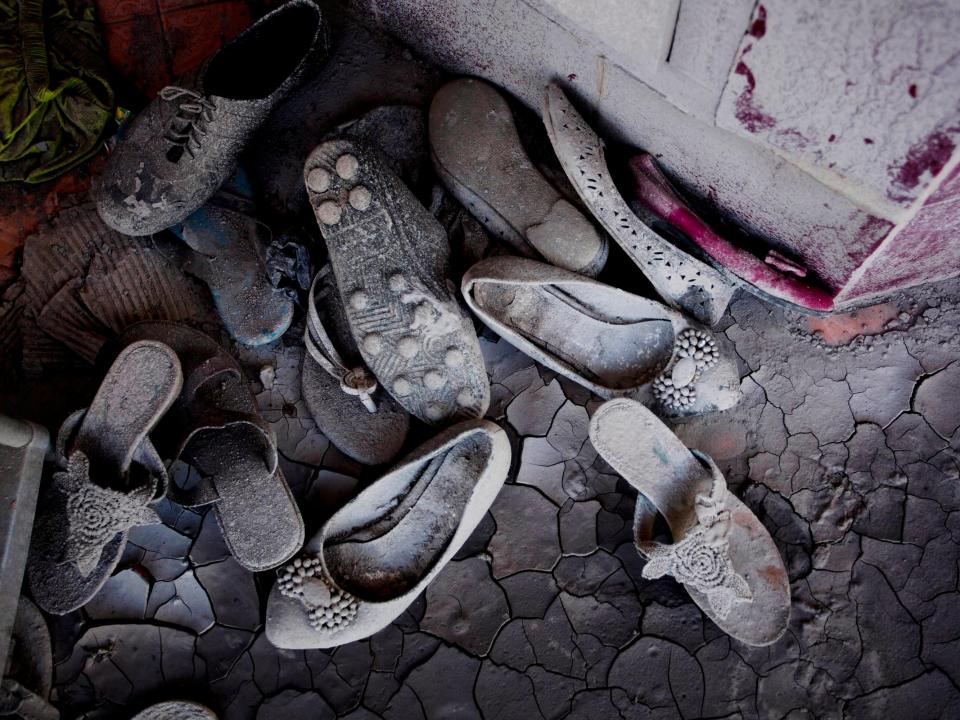
Until Sinabung falls dormant once more, these towns will remain empty as reminders of the bustling communities they once were.
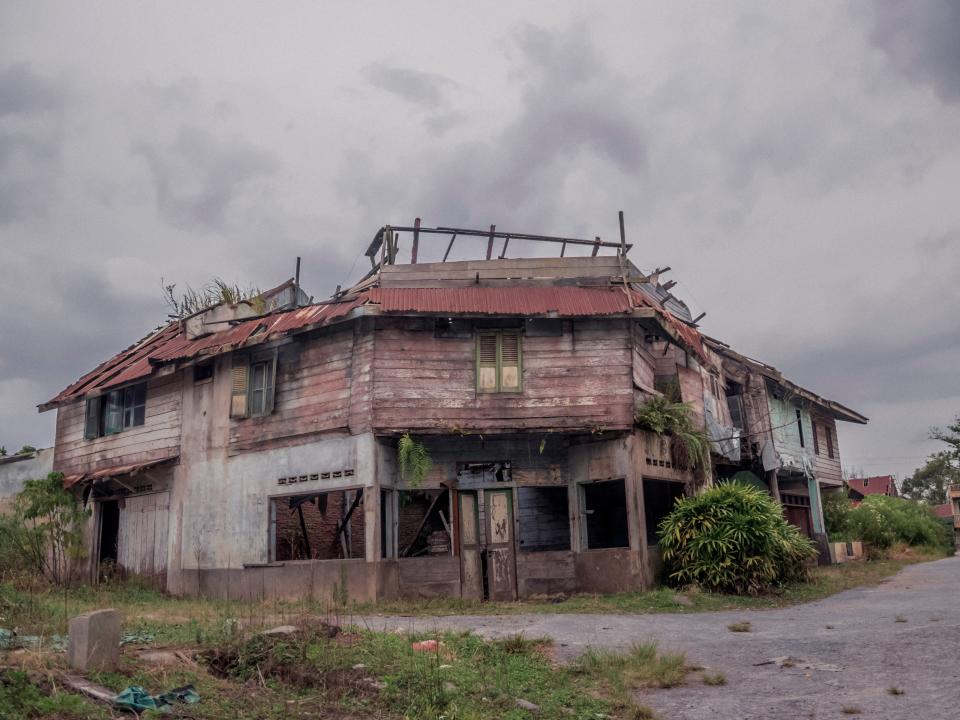
Read the original article on Business Insider

